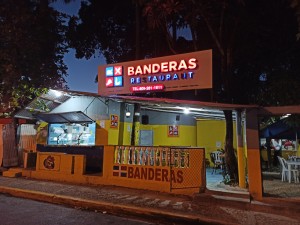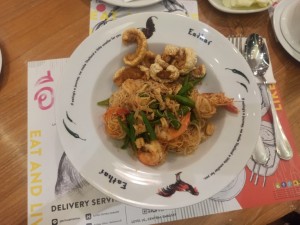EAT IN ASIA / Destinations / Other destinations / Africa / Tunisia
Top Tunisian dishes that you can safely try
Tags: TUNISIA
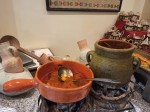
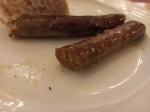




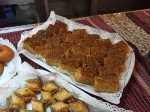
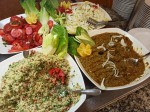
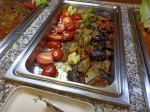
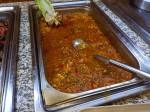
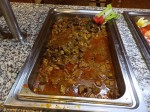
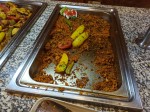
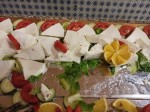
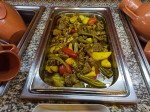

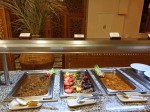
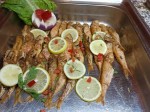
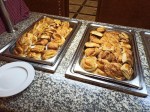


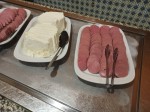
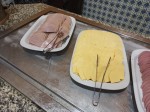
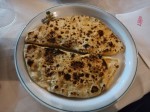
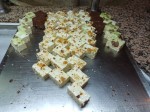
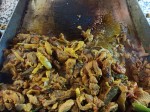
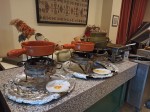
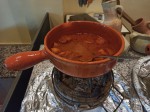

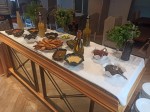

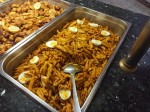
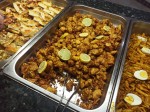
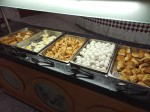
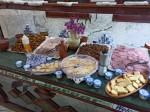
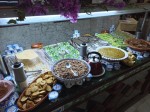
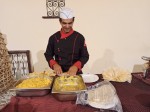

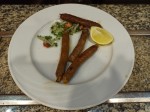
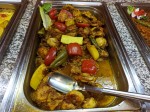
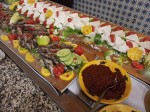

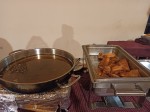
Tunisian food might be both very interesting and also very strange. Many spicy dishes that mainly include harissa paste. A lot of dishes with a very strong aroma obtained from oriental spices and herbs. And finally, sweetness from dates and dried fruits. Apart from such natural ingredients like olive oil, nuts and green and black olives.
Although all that sounds interestingly and intriguing, you might have doubts whether you should eat it from food stalls. Keep in mind that is always the best thing to have your meals in places that are recommended or certified. Remember also that hygiene standards vary from place to place, and if your stomach is more sensitive, you might feel a slight discomfort after the meal.
However, there is always some solution. In that case, I would suggest you try these local dishes in some hotels or resorts, where they put a lot of stress on preparing meals in a hygienic way. Apart from that, these served dishes are very often well balanced and not so aromatic. Thanks to that, the shock for you is not so huge. That said, it means that these meals will have a blander flavor comparing to their original versions, but at the same time, they would be more acceptable for you and any other tourist.
Here we prepared a list of some Tunisian dishes, snacks and deserts that we would recomend you to try. So let’s go!
Mains
Meat

Ojja
Ojja is a traditional Tunisian soup prepared with a lot of vegetables and, mainly, with Merguez sausages. The most important part in the ojja play tomatoes and garlic. Ojja gets its spiciness thanks to the harissa paste. Very often eggs are added to the dish too. It is a very simple and a relatively easy recipe that is very popular and served in many places.
Kamounia
Kamunia is a meat stew. It is a very popular dish in Tunisia and basis mainly on the beef meat. As many other Middle East dishes, kamounia is very aromatic and is prepared with many spices and herbs. Dominating aromas are these derived from the cumin powder, turmeric, and red and black pepper. Kamounia stew might be considered by some persons as a spicy one, due to the fact that it includes this traditional Tunisian hot pepper harissa paste.
Apart from that, this stew is prepared with tomatoes, garlic and olive oil.
Lamb mosli
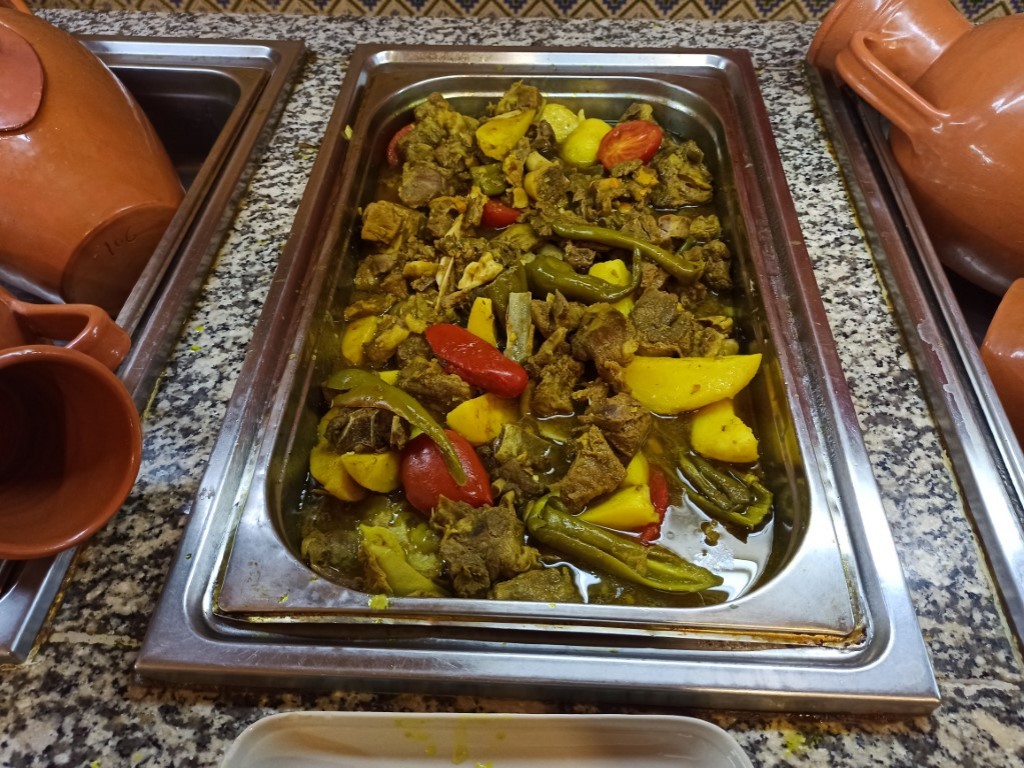
Lamb mosli is another stew from Tunisia. Usually either chicken, fish or lamb is used. If it is about vegetables, then potatoes, tomatoes, onions and green peppers are dominating.
Then come a wide range of spices and herbs. Mainly that is turmeric, thyme, chili pepper, and of course salt and black pepper. Aapart from these spices Ras-el-Hanout might be used too. That is a great mix of oriental spices that are commonly used in the Maghreb region. This will definitively add a lot of Middle East notes to the mosli.
Chicken koucha
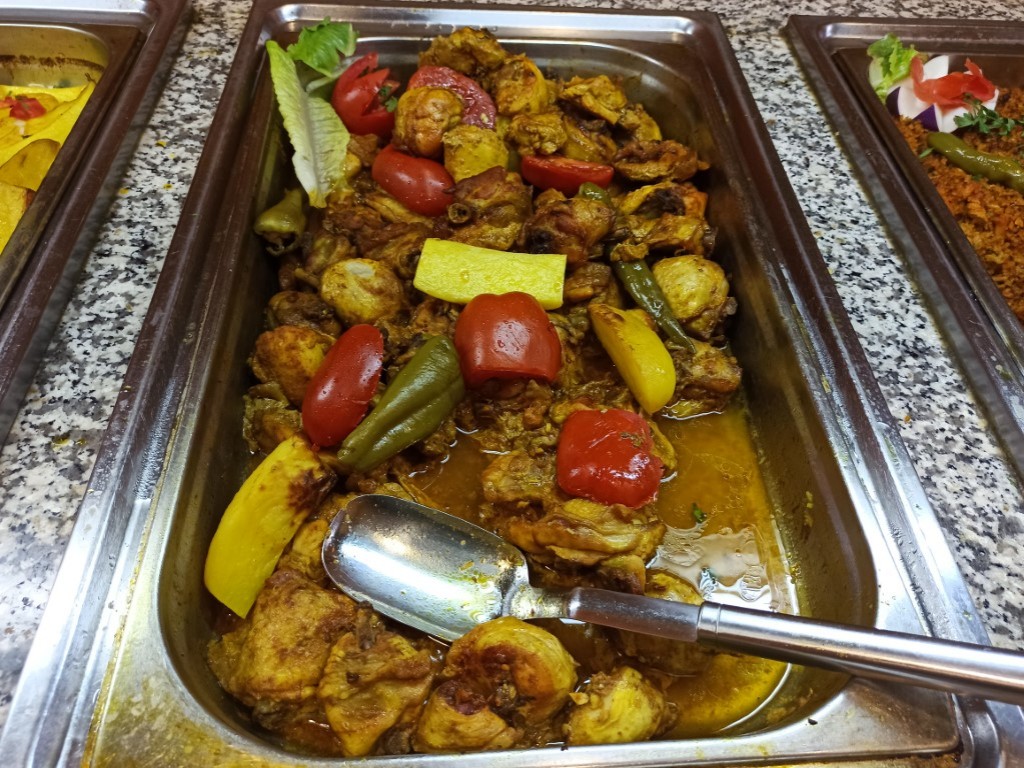
Chicken koucha is another meat stew. In this stew dominate aromas from turmeric, rosemary, thyme, chili and cayenne pepper. It includes vegetables like potatoes, bell peppers and tomatoes. It is super aromatic and, sometimes, might also include chickpea or lentils.
Mermez

Mermez is a chickpea stew with lamb or beef meat. This stew is prepared with a lot of vegetables and is a really hearty one. Dominating vegetables include tomatoes, potatoes and onions.
Mloukiya
This intriguing black stew is full of vegetables and has a unique texture and taste. Mloukiya has an extremely dark color that derives from boiled leaves of the Egyptian spinach. It is very nutritive and packed with a lot of vitamins. Fennel, bay leaves and the oriental spice mix – tabil dominate mloukiya’s aromas. Apart from that, as almost every Tunisian dish, it includes harissa hot paste.
Mloukiya is usually cooked with lamb meat with bones. Shoulder chop is the most popular part of the meat. Of course, you can replace it with any other part or even with chicken or beef, but remember, that lamb has its own, very characteristic aroma, and that each part of the meat has a different texture and tenderness, so when replacing the shoulder chop with any other meat or lamb part, the original mloukiya’s taste might be lost.
Royal Couscous
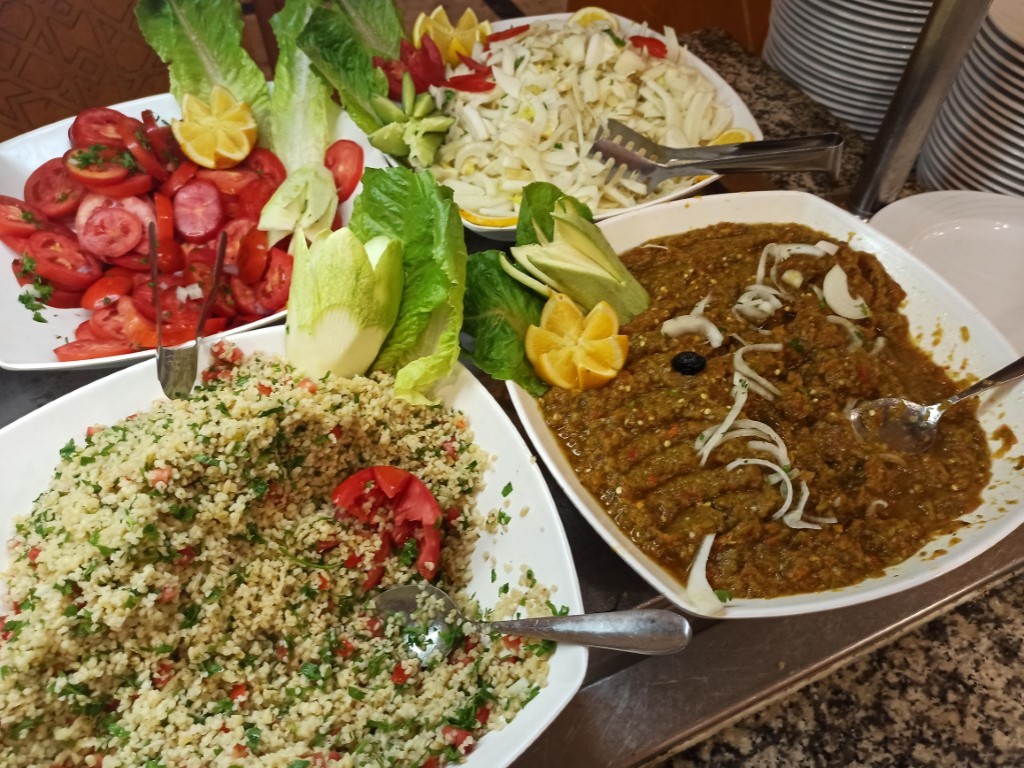
This Tunisian dish is an example of a meal that might suit almost all people. No matter whether you are vegetarian, you love meat, or you just eat some selected meat types. Although the Royal Couscous should be prepared with almost all meat types and sausages (that is why it is called ‘royal’) you can make it your own style and include only these types that you like.
Royal Couscous is usually semi-spicy and full of oriental flavors derived from spice mixes like Ras-el-Hanout and herbs and spices like cumin, turmeric, cayenne pepper, fennel, cinnamon and saffron.
Tunisian Royal Couscous includes, apart from meat, a wide selection of vegetables like carrot, zucchini, turnip, pumpkin, chickpea, onions and celery.
Fish
Fish from the Sfax region

The city of Sfax is located in the eastern coast of Tunisia. What it is famous for, apart from the industrial significance, plays a huge role in the agricultural sector. Especially worth mentioning are cultivations of olives and almonds. The next important player in the Tunisian economy is fishing that is located in the Sfax region. In consequence, many fishes derive from that part of Tunisia. It includes all types of fishes no matter in which fishing method fished. It means, that although trawl fishing is dominating, there exist also the coastal one.
As this city is famous for its fishes, it is really worth trying some of them. These fishes are usually medium sized and slightly fried or grilled. Finally, they are served with some aromatic sauces basing on the olive oil, parsley and onions.
Vegetables
Grilled vegetables – tomatoes, zucchini, eggplant, bell pepper
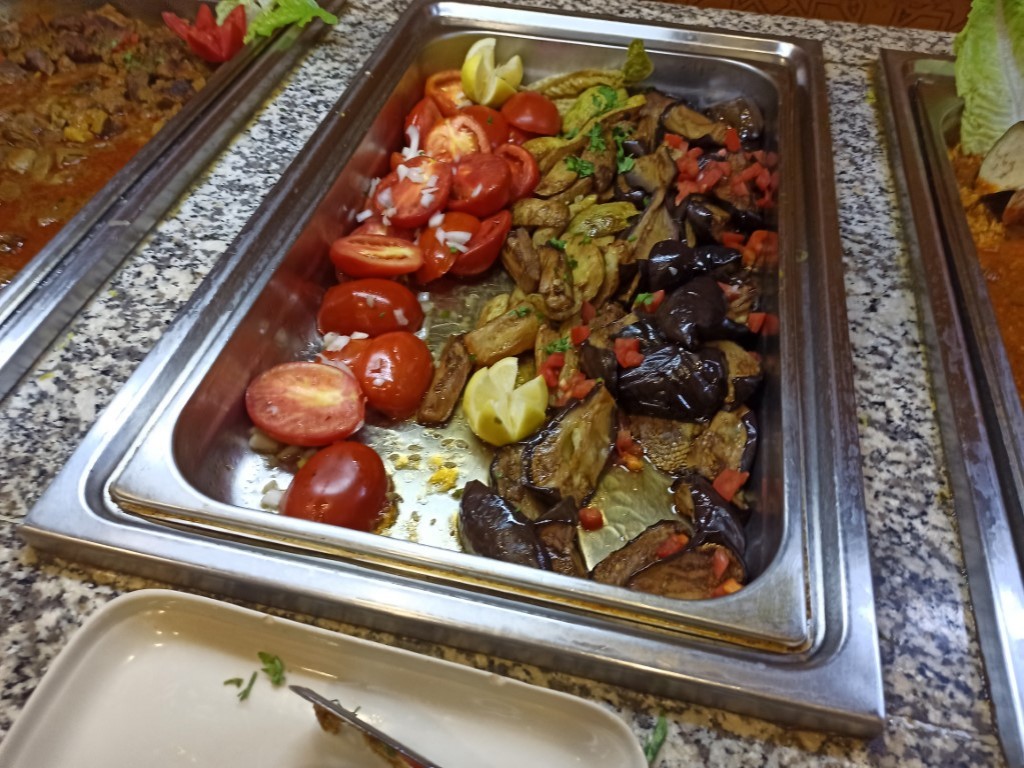
Grilled vegetables are a great alternative to any heavy meat dishes or stews. That is also a very aromatic dish and provides you with a lot of valuable nutrients and vitamins. For grilling, usually tomatoes, zucchini, eggplant, bell pepper and onions are used. They have a delicate, very tender texture. Apart from that, they have a slightly oily aftertaste as they are very often sprinkled with some oil before grilling. During the grilling process, these vegetables lose a lot of natural juices that can be later added to the pasta, rice, or bread.
White beans with parsley and bell pepper
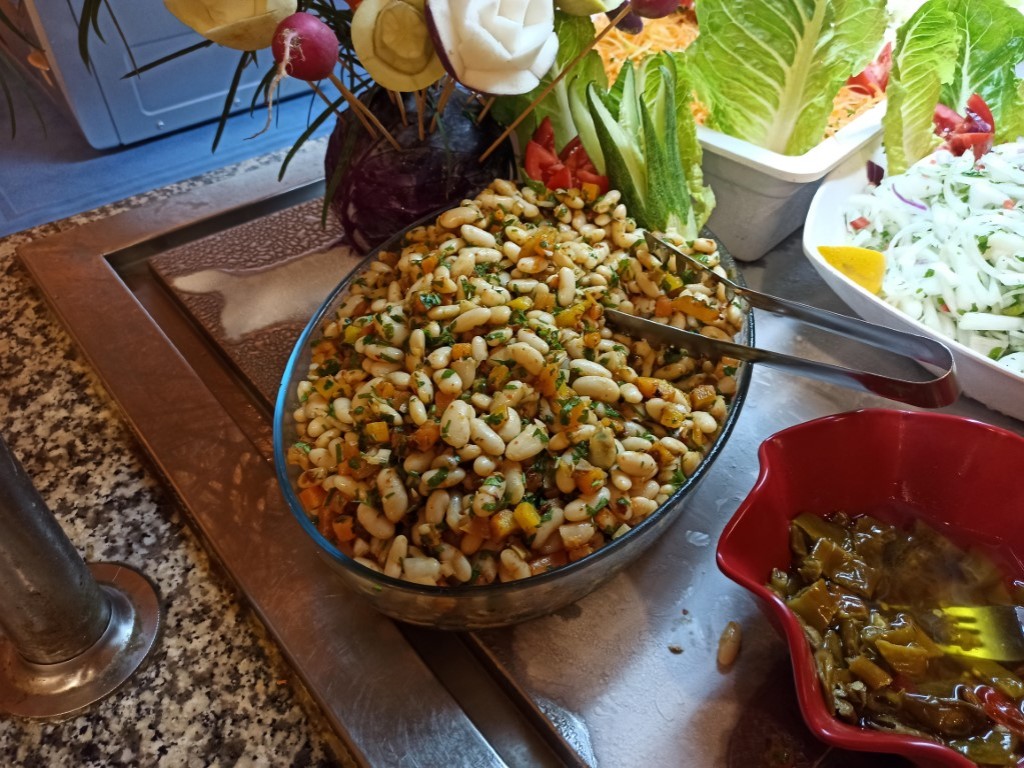
This aromatic dish is rather like a starter or an appetizer. White beans are served cold and mixed with olive oil, parsley and finely chopped, colorful bell peppers. The whole salad is satiating due to beans’ proteins and to the extra virgin natural oil.
Potatoes in saffron

Beautiful yellow potatoes that got their color from saffron. There is no better place to try it if not in countries of the Middle East or in any other country that have an Oriental or Hindu cuisine. Potatoes are nicely chopped into quarters, cubes or are sliced. Then they are baked with saffron. This side dish is very well known and very popular. It has an interesting and an uncommon taste and look.
Chickpea with tomatoes, bell pepper and parsley
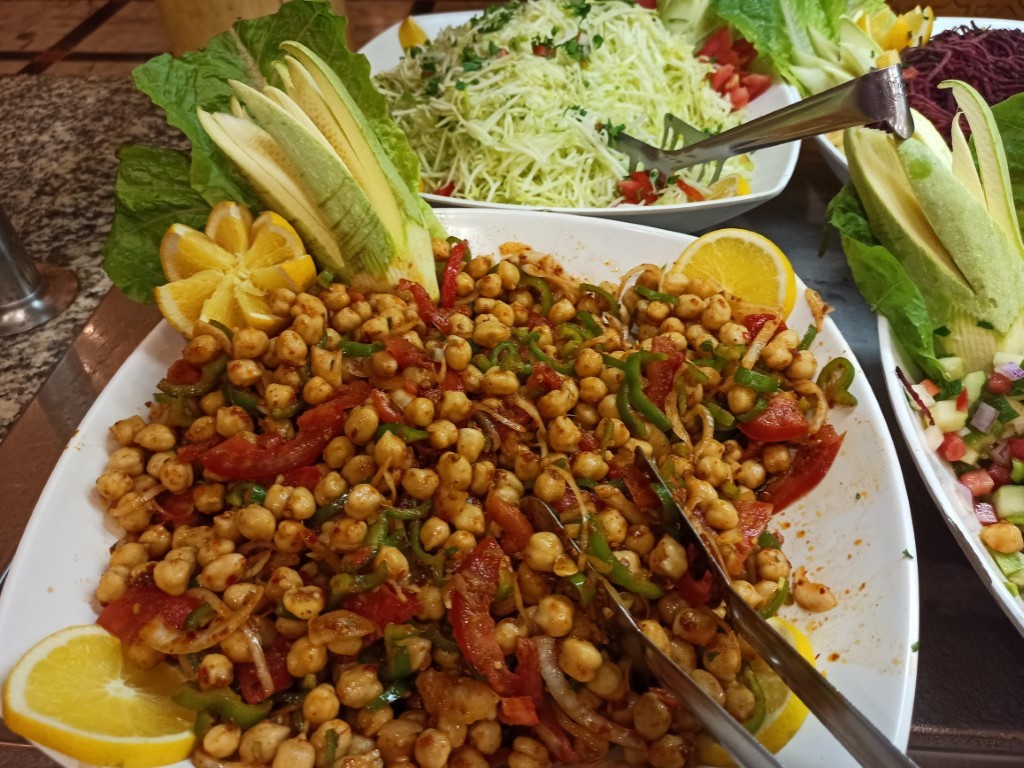
Middle East cuisine is also full of different pulses and beans. Especially popular are lentils and chickpea. This time we suggest you trying chickpea in a tomato paste with chopped bell peppers, onions and tomatoes. This hearty salad is another cold dish that will keep you full for a long time. Chickpeas are well cooked and have a firm texture.
Vegetarian
Riz djerbien

This dish is unique. It is a nice composition of different textures, flavors and aromas. As the name might suggest, Riz Djerbien derives from the Tunisian island of Djerba. It is a mix of rice with vegetables, tomato concentrate, different meats and some fat. It is steamed and served sprinkled with peppermint and coriander.
Penne in a tomato sauce

This is the safest option for all of you that are afraid of new tastes and flavors. That is a regular pasta with some tomato paste, tomato chunks and with onion. It would be a safe meal in almost any place. Here, there are no dominating spices, no extraordinary herbs, nothing that might be unknown for you. Only some salt, pepper and this natural tomato aroma.
Deep-fried cauliflower
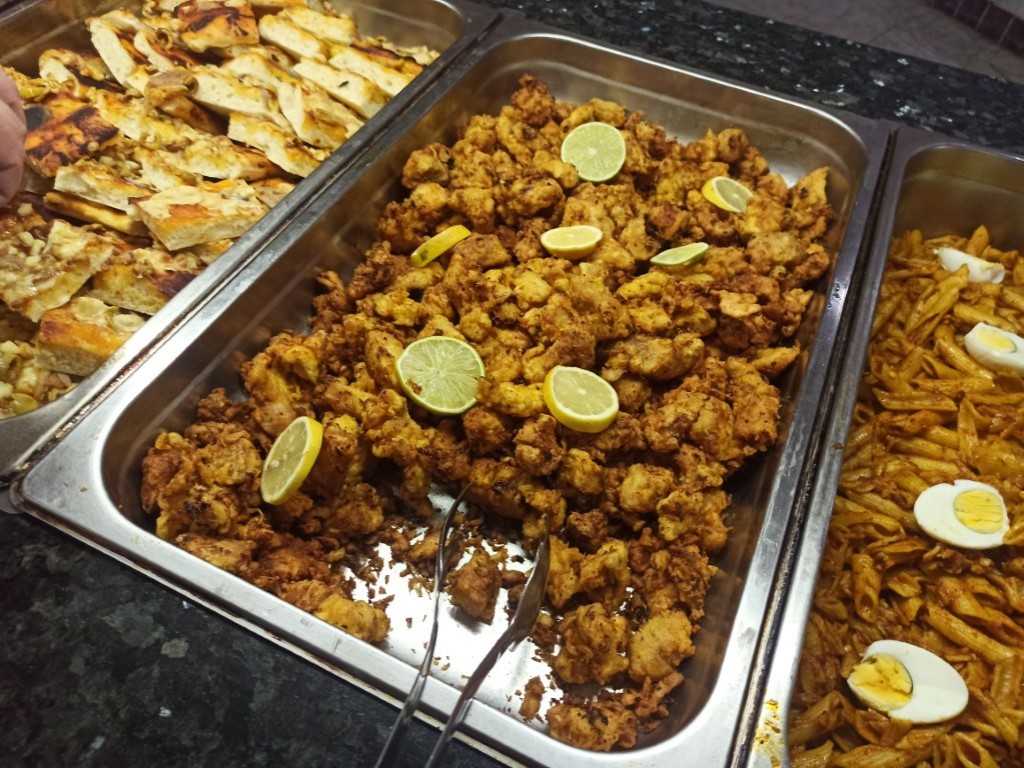
For the first glance, you might be confused. A deep-fried cauliflower looks like a chicken. Cauliflower chunks are well selected and the only part of the cauliflower that is used, is the upper one. Then it is fried. All harder or flowerless parts are trimmed-off and not used for deep-frying. They have a beautiful golden color and keep their firm texture. Deep-fried cauliflower is a great alternative to any meat component of the dinner or of the lunch.
Appetizers and side dishes
Mtabga
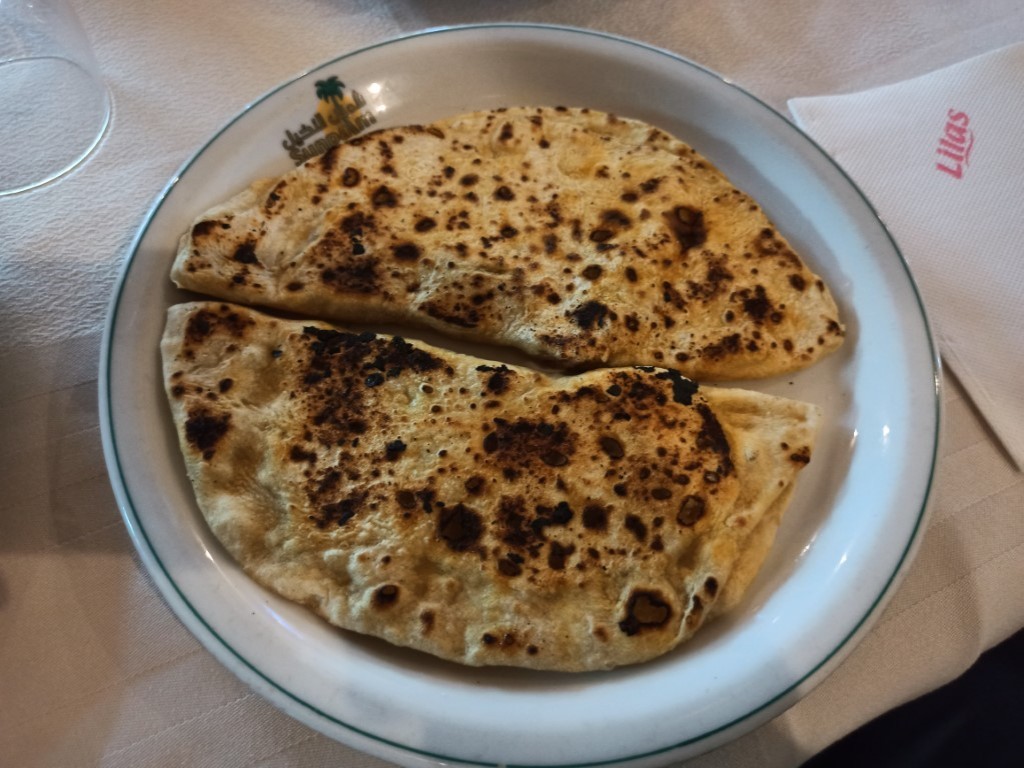
Mtabga is a specialty from Tunisia and Algeria. It is sometimes called a Berber pizza. However, general speaking, it completely does not resemble any kind of a traditional European, or better to say, Italian-style pizza. If it had to be compared to any other dish from the Italian cuisine, I would say it might be slightly similar to a calzone, however the stuffing is completely different. The first thing is that it does not include any cheese. Most ingredients base on vegetables like tomatoes, onions, bell peppers and carrots. What is worth mentioning is the fact that in some regions animal fat is added to the filling. Very often it is a camel or a lamb fat.
Mtabga is served with olive oil aside for dipping. It is also good to remember that mtabga can be very aromatic due to the fact that it might contain lamb’s fat from the tail area.
Finally, mtabga’s filling is often prepared with a super smelly parsley.
Pickled chili peppers

Pickled hot peppers are something that cannot be missed by all of you that love spicy dishes or condiments. Red or green, these peppers are served as a side-dish or as a garnish both to vegetarian and non-vegetarian meals. It is also a standard appetizer for breakfast.
No matter whether green or red, both varieties of peppers are hot, so eat them in moderation.
Harissa
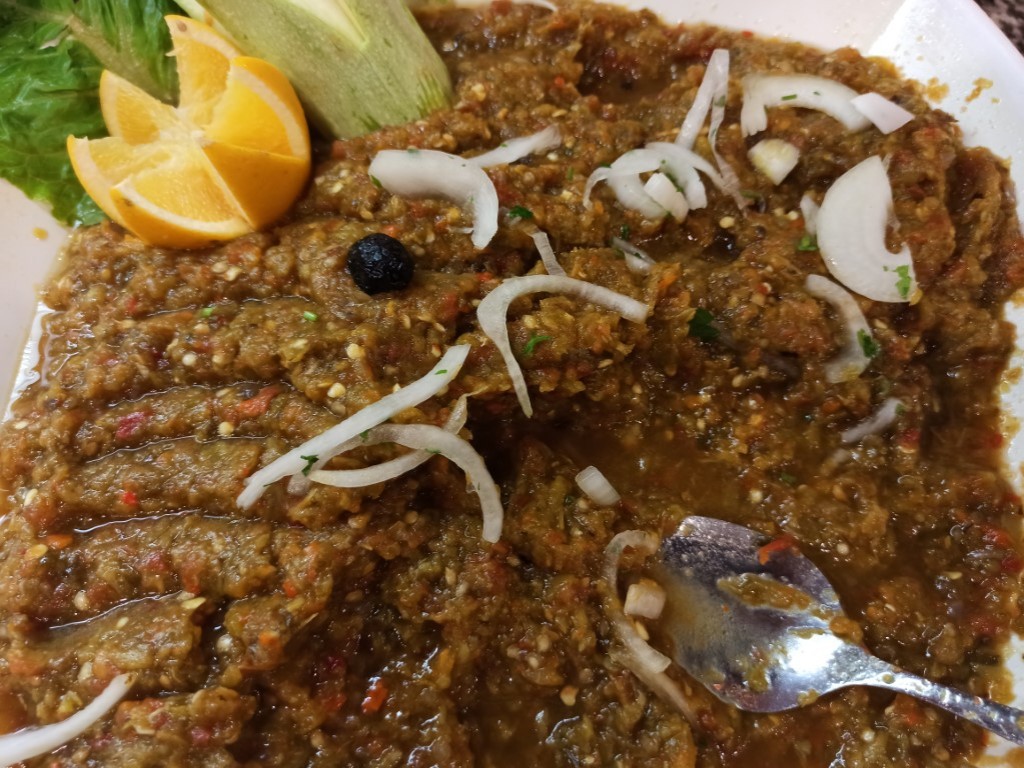
Tunisian cuisine could not exist without harissa. This hot chili paste is added to almost every meal and dish. Harissa bases on a chili peppers and garlic that are mixed with other spices and herbs like coriander and cumin. Sometimes these ingredients are also mixed with tomatoes.
Capers
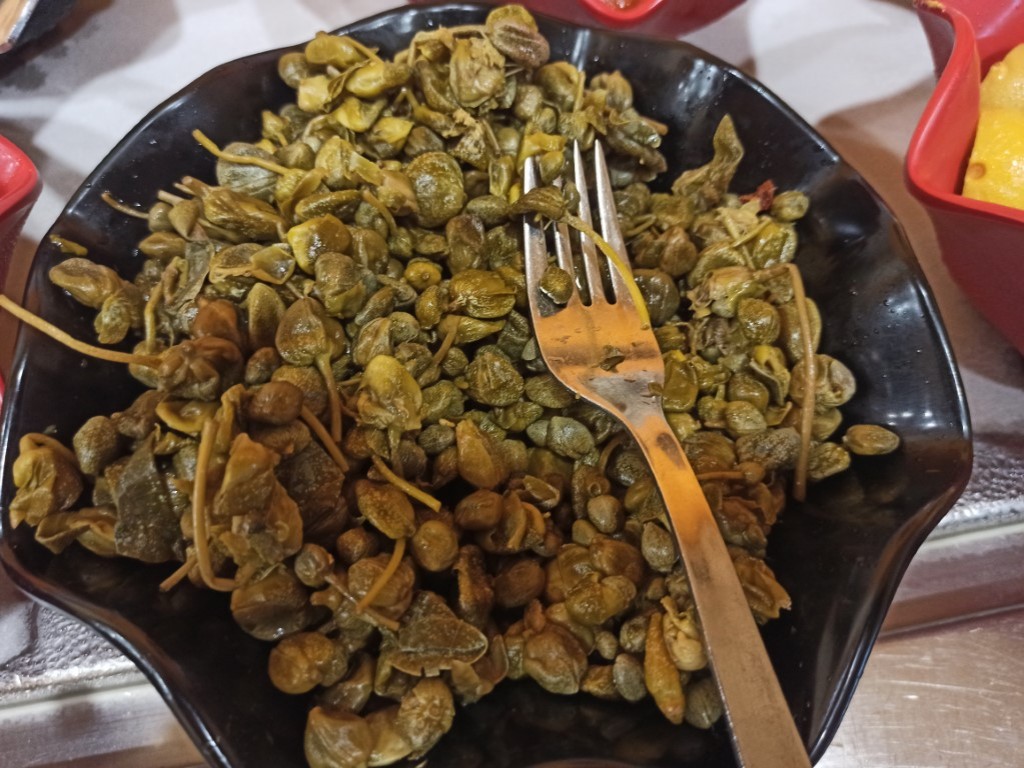
Tunisian capers’ bushes are mainly cultivated in mountain areas. These flower buds are then sun-dried and preserved in salt. Usually they are added to salads, seafood dishes, dressings and sauces. They add a distinctive herbal aroma with some mustard notes.
Black olives
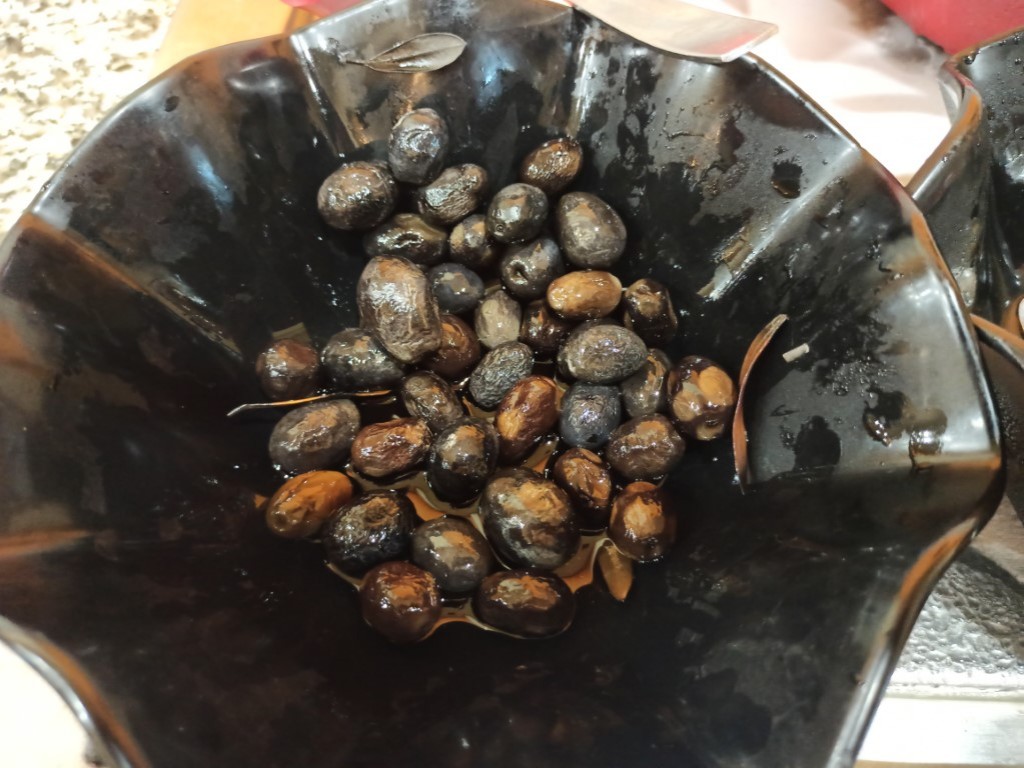
Salty, semi-dry and very aromatic. Black olives play an important role in many Tunisian dishes. Olives are served as appetizers, added to meat stews and eaten separately. They are preserved in a salty brine what should stop you from eating them with no limits
Green olives
Green olives, like these black, are also relatively salty. They are usually bigger, less dry and have a bigger pit. They also have a more aromatic taste and a less chewy texture. The flesh is crunchy with some darker tones close to the pit.
Breakfast
Goat fresh cheese

Goat fresh cheese is always my first choice (as it was also in Lebanon). It is healthy, full of proteins, lactose-free and with this specific taste that might be hated by some of you.
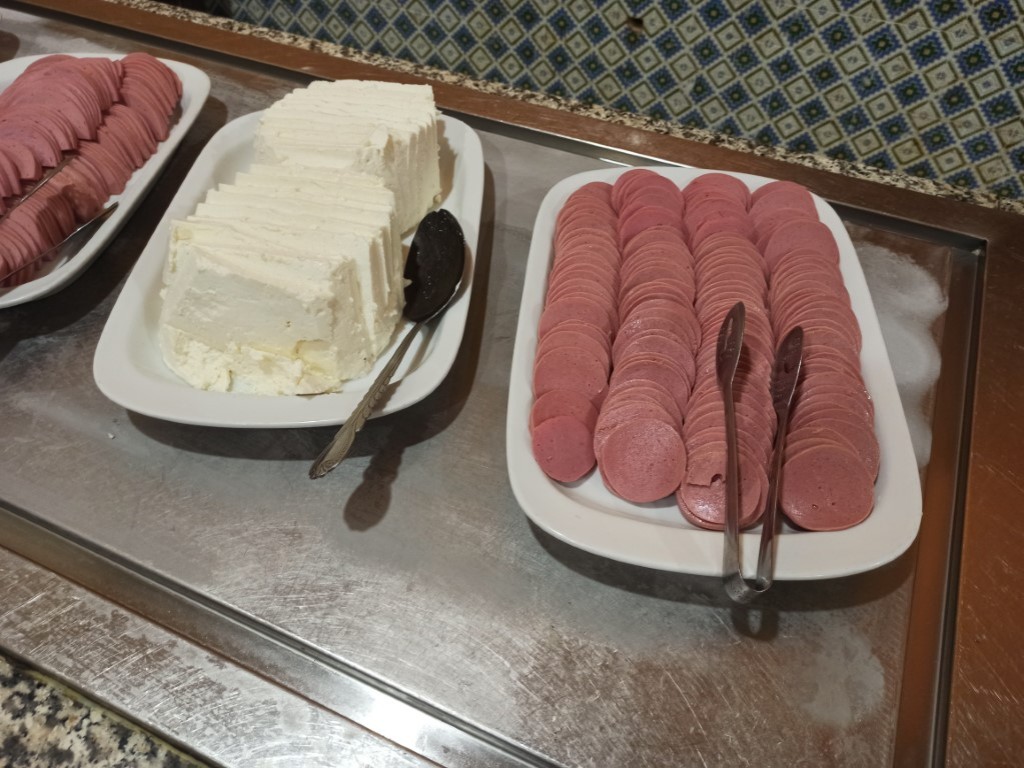
Tunisian fresh goat cheese has a delicate texture, a slightly creamy one but also semi-firm. It is slightly salty and moist. You must try it!
Tomatoes

Tunisian tomatoes are super aromatic and have a beautiful red color. Their skin and seeds are soft, while the flesh is firm, juicy and greatly quenching thirst. When paired with eggs, fresh goat cheese and olives, they create a wonderful, nutritive breakfast.
Danish cakes
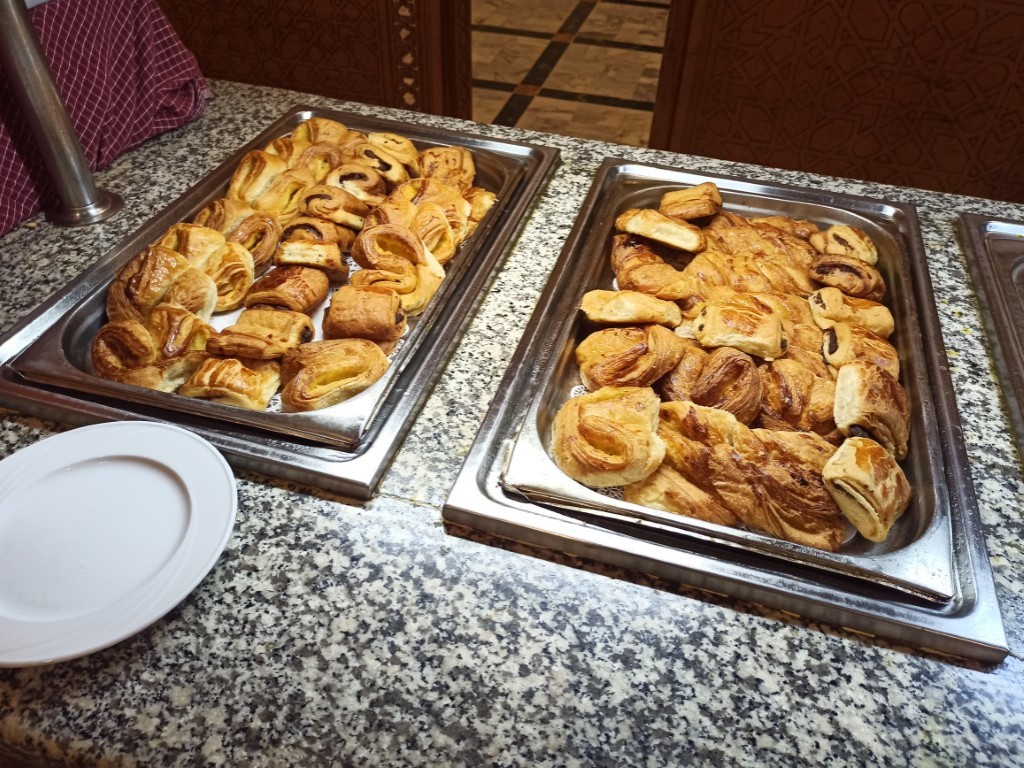
Yes, they are also in many places in Tunisia. Danish cakes are served warm, stuffed or plain. The filling might include sweet options like chocolate or apples or some more savory ingredients like sausages or cheese.
Boiled eggs
 Hard boiled eggs are served almost everywhere and always. Rich in fats, proteins and minerals, will give you a lot of energy for the whole day, well, will be sufficient till the lunch time. Combine them with these aromatic tomatoes, some pickles and olives.
Hard boiled eggs are served almost everywhere and always. Rich in fats, proteins and minerals, will give you a lot of energy for the whole day, well, will be sufficient till the lunch time. Combine them with these aromatic tomatoes, some pickles and olives.
Fried sausage with tomatoes and cabbage

Are you looking for a more British-style breakfast? Choose sausages with tomatoes and cabbage or onions. This warm dish is good for all skipping carbs. A lot of proteins in one place, some minerals and vitamins from tomatoes and a slight spiciness from onions. A safe and a satiating proposal for all of you concentrated on building muscles and force.
Yellow cheese
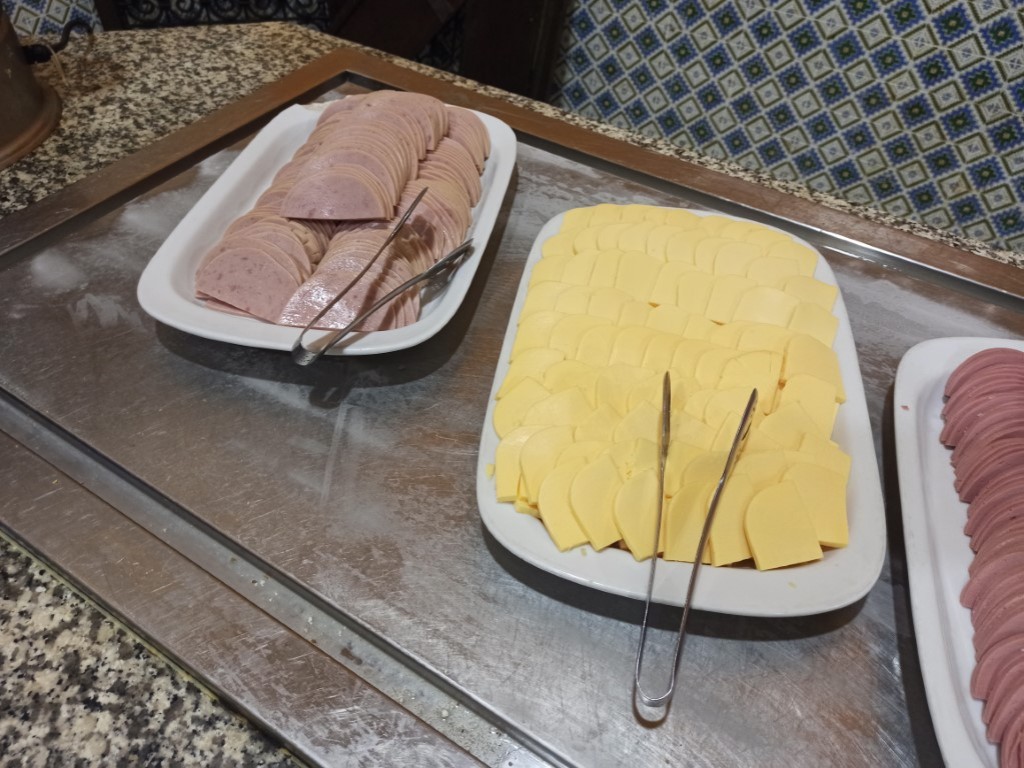
Yellow cheese in Tunisia is not something to be compared with any cheese from France, Germany, Netherlands or Italy. All these European countries have a long tradition in the production of a good quality cheese so are uncomparable with any other. Their cheese is ideal both for cooking and eating alone as an appetizer paired with red wine. Tunisian cheese, although has an intensive yellow color, has a very bland taste. It has a semi-firm texture, with inclination to a soft one. Well, what to say more, if you are a cheese lover, you will definitively be disappointed by this Tunisian yellow cheese taste.
Muesli
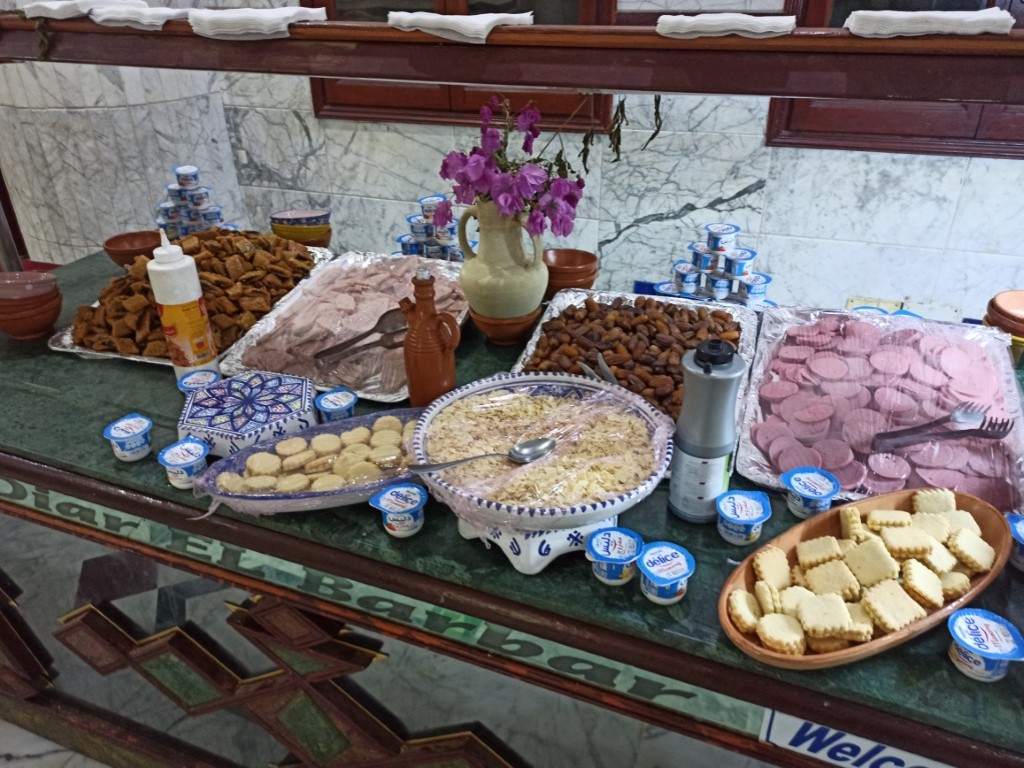
If you are more traditional and opt for a light or for a more Western style breakfast choose muesli. Mix it with milk or with the local plain yogurt and add to it Tunisian nuts, dried fruits, dates and some pistachio cream. That is always a safe option that will give you a lot of valuable proteins, minerals and vitamins.
Pistachio cream

Pistachio cream is something you have to try. Skip all other bread spreads like Nutella or Snickers and choose this one. Tunisian pistachio creams are usually home-made, have a lot of nuts and a wonderful, natural texture and taste. Although quite oily due to the high fat content in pistachios, this fat is a healthy one.
Pistachio cream can either have a sweeter or a saltier taste, however none of them is over dominating. The best selections of pistachios’ creams are these that have chopped nuts inside. This cream is a great substitute of any jam or bread spread that you put on your toast. Another good option might be to add this cream to your muesli, smoothies or to your yogurt-based meals.
Smoked sardines
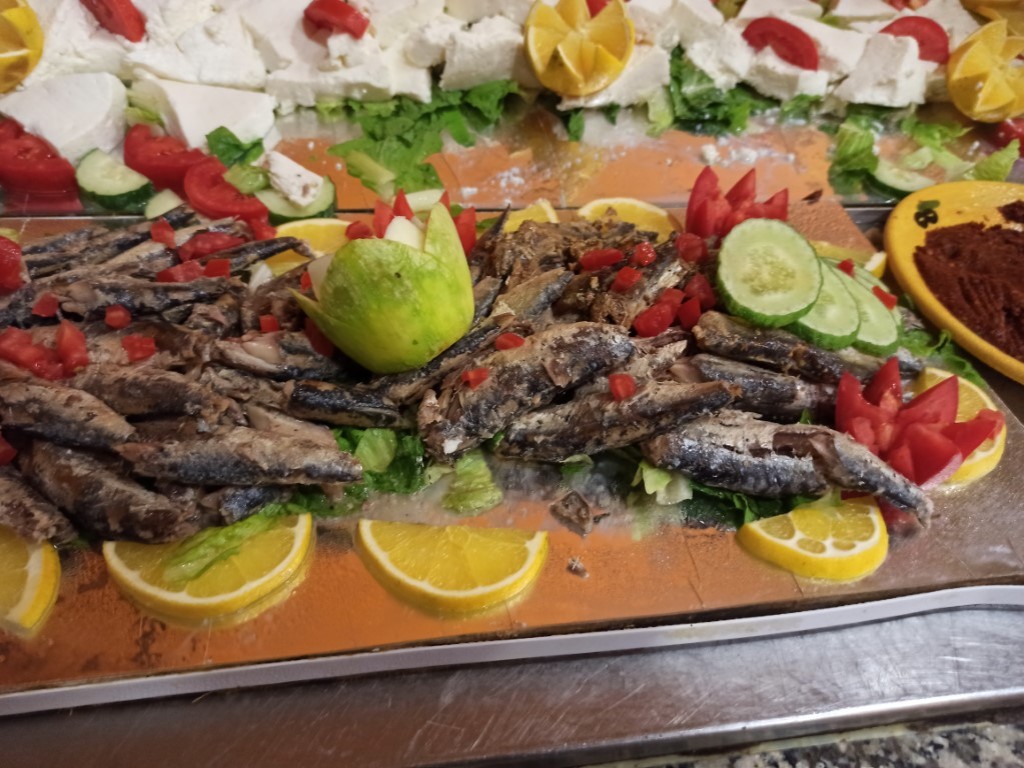
These tiny fish are a great source of healthy fats and proteins. Smoked sardines are very often relatively salty. Fishbones, if any left in smoked sardines are tiny and very soft.
Merguez

Merguez is a spicy lamb or beef sausage. What is unique about it, is the fact that it is baked on fire. These spicy sausages get their hotness from chili pepper.
Sweets and deserts
Makroudh

Makroudh is a diamond shape cookie very popular in many Maghreb countries. It is a relatively small desert that in the simplest way might be described as a dough stuffed with a nut or dried fruits’ paste. The dough is made from a combination of semolina flour and the regular one. The stuffing mainly basis on dates or almonds.
Makroudh is either fried or oven-baked. Ideally it should be served or prepared with honey.
The most popular and prized dates’ variety that is added to the stuffing of makroudh is Deglet Nour (Deglet Noor) that is famous for its softness, honey like taste and for the almost translucent light, caramel like color.
Bambalouni
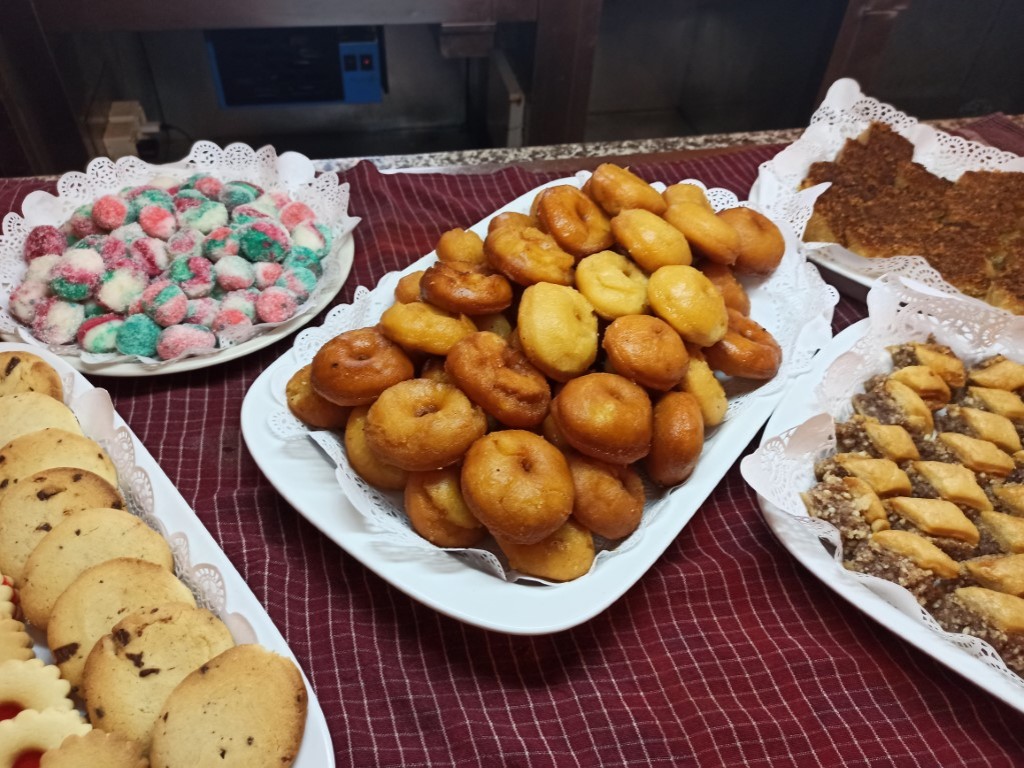
Bambalouni is a Tunisian style donut prepared from flour, yeasts, water and salt. It is sweet and either sprinkled with sugar or served with honey. As any other donut, bambalouni is deep fried in oil.
Baklava
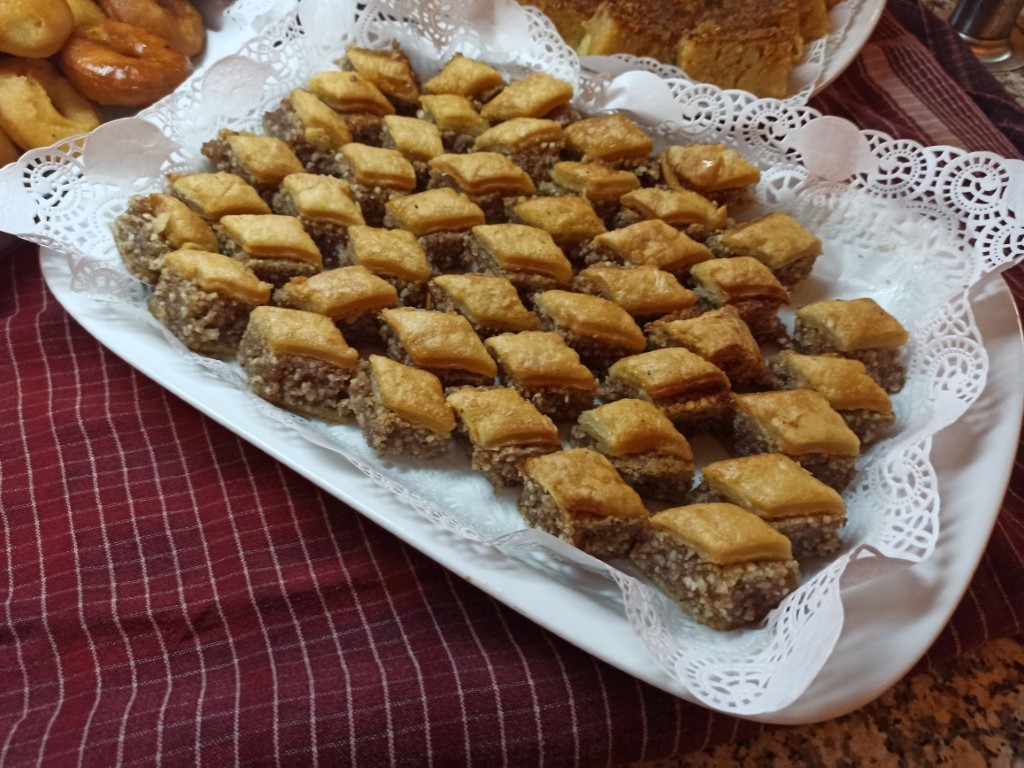
Baklava is one of the most popular and the most well-known pastries originating from the Middle East cuisine. Extremely popular was baklava in Turkey during the Ottoman period. It is a multiple layered pastry, a filo type, in which dough layers are separate with melted butter. Depending on the preparation method, baklava can be served plain or with nuts. The mostly used nuts are pistachios, and walnuts that either can be put only on top of the pastry or can be placed between filo dough layers.
Baklava has a regular, geometrical shape. Either it is a rectangular, triangle, diamond or a parallelogram. This shape is formed before baking.
Before serving, baklava is soaked in a sweet syrup prepared from either an orange or rose water. Sometimes this syrup is made with honey.
Halva

Another very common dessert is halva that is not only popular in Tunisia but also in many other Eastern countries. Main ingredients include flour, butter or oil, milk and sugar. Originally, baklava should be prepared with honey. However, nowadays hardly ever this dessert is made in this way due to the high cost of honey. Apart from that, multiple nuts or seeds are used. Usually that are sesame seeds, sunflower seed, peanuts and pistachios. Some varieties of baklava might include rose water, cocoa or even saffron. But sesame or peanuts baklava are the most popular ones.
Dates
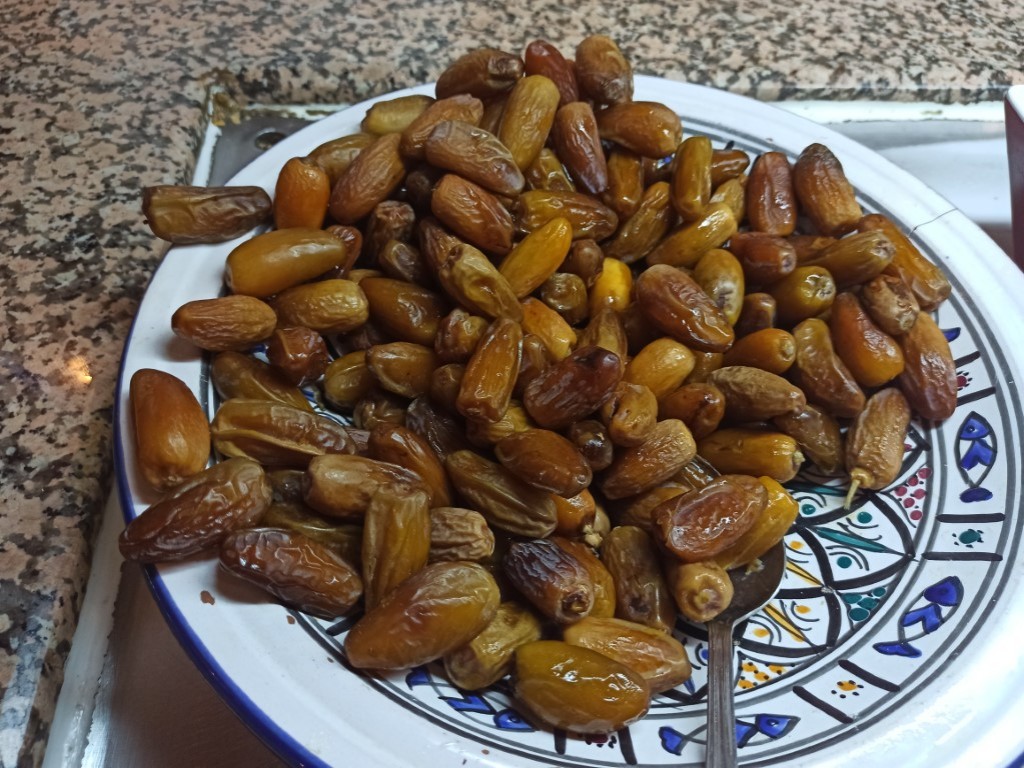
The list of dates in Tunisia is quite wide (as it is also in Oman or Turkey too). The most valuable and the most prized are these from the Deglet Noor variety that have a unique honey-like taste and that are extremely soft.
Apart from Deglet Noor, worth mentioning are these from the Allig and from the Khouat Allig varieties. These dates are very sweet, have a semi-dry texture and have a slightly chewy flesh. Their color is dark brown, however not black. Comparing these two Allig varieties, Khout Allig dates are less sweet. Finally, worth mentioning are Kenta dates. These dates are the least sweet from all of these four varieties. They have a golden color and have a semi-dry flesh.
You can learn more about Tunisian dates and date products in the post Tunisian dates and date products – all you need to know before buying and eating them. And if you are curious about dates in Oman and how to select them, check the post The most popular dates in Oman and How to choose the best dates in Oman.
I believe this list did help you somehow, and you will enjoy your culinary trip to Tunisia. You will always find something delicious for yourself. There are so many wonderful vegetarian, vegan and meat dishes that you will definitively be satisfied!
Date: 2024-01-09
Author: Beti – A passionate traveler and lover of Asian cuisine, especially Thai and Japanese dishes, Bernadeta brings her culinary and cultural experiences to life in her writing. Beyond her travels, she’s an avid technology enthusiast with a deep interest in data processing, merging her love for exploration with analytical insights.
Photographer: Adalbert – An aficionado of computers and photography, Adalbert captures the essence of diverse cuisines with a discerning eye. A connoisseur of rich flavors and particularly fond of meat-based dishes, he combines his technical skills with his passion for the culinary arts in every shot.
